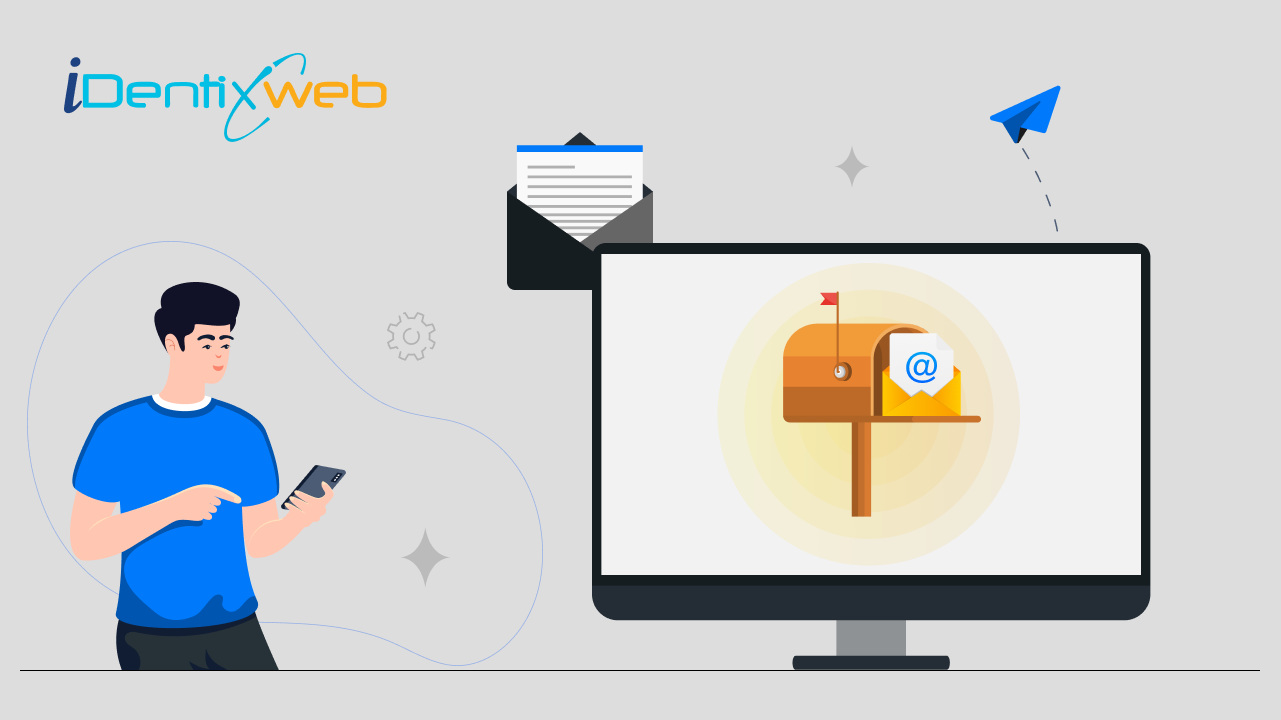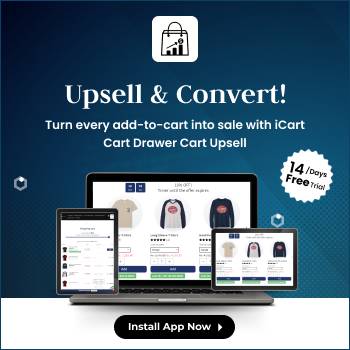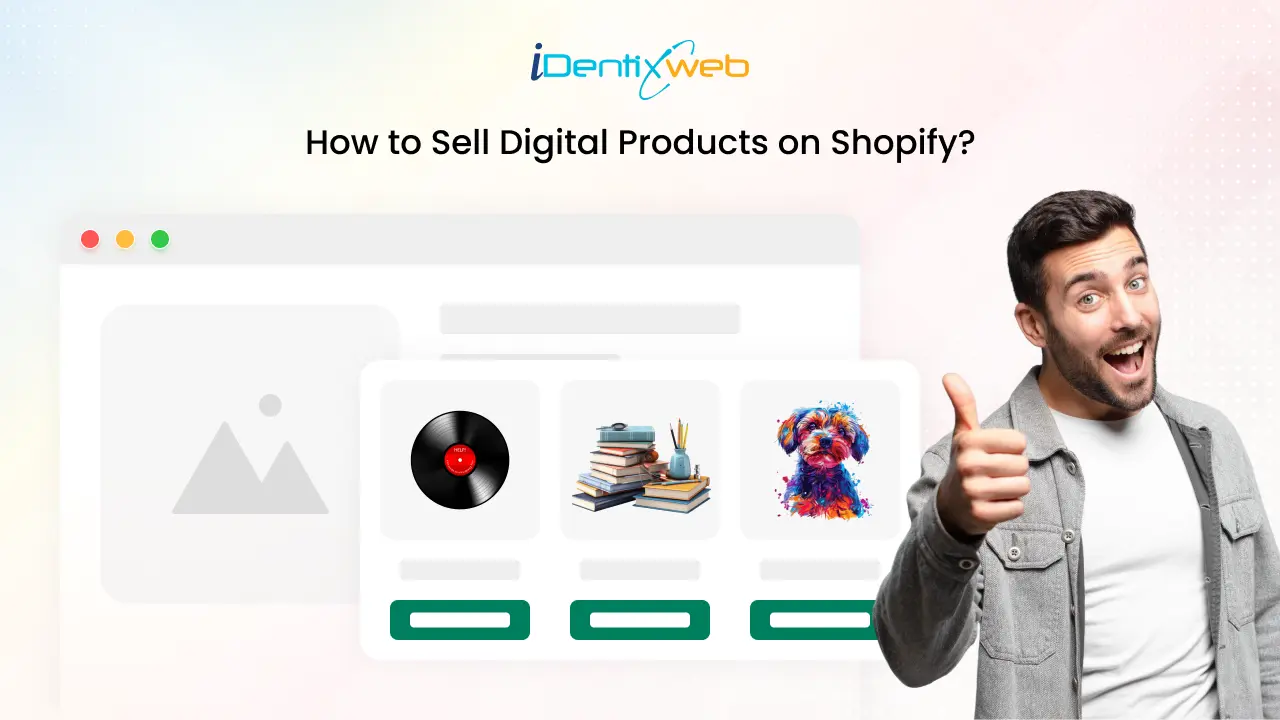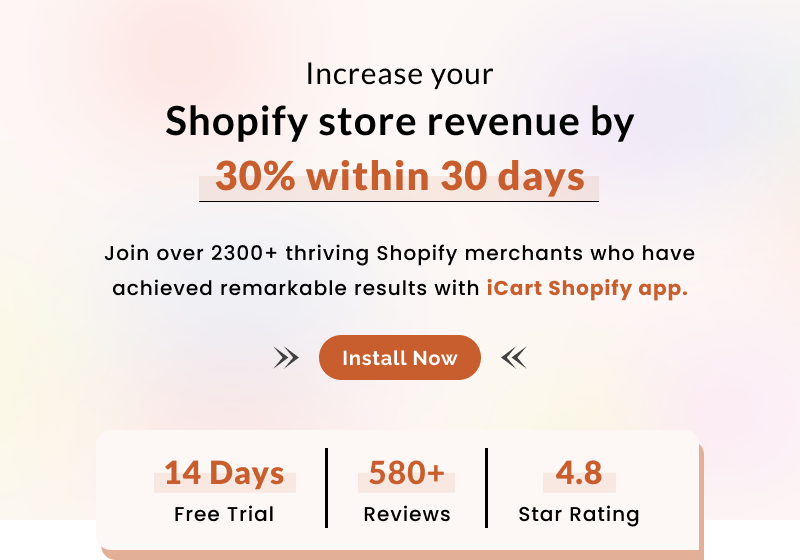
In the dynamic realm of eCommerce, the journey from a shopper adding items to their cart to completing a purchase is a pivotal process. But what happens when that journey is left incomplete, leaving virtual carts abandoned and potential sales slipping through your fingers?
This is where the strategic power of cart abandonment emails comes into play. Imagine having a second chance to re-engage with those potential customers who showed interest in your products but left before completing their transaction.
Cart abandonment emails offer precisely that—an opportunity to reconnect, remind, and encourage shoppers to convert. In this blog post, we’ll dive into the best practices for crafting effective cart abandonment emails on the Shopify platform. By mastering these practices, you can transform seemingly lost opportunities into successful conversions, all while nurturing customer relationships and strengthening your brand’s presence.
Let’s unravel the strategies that can help you recover potentially lost sales, optimize customer engagement, and make your Shopify store a conversion powerhouse.
What is Shopify cart abandonment?
Shopify cart abandonment refers to the situation in which a potential customer adds items to their shopping cart on a Shopify-powered online store but leaves the website before completing the purchase. In other words, the customer abandons their shopping cart without going through with the final checkout process and payment.
To complete the checkout process you can provide appealing buying options upsell, cross-sell or discounts.
Strategies for Shopify Cart Abandonment Emails
Timely Reminders:
Send the first abandonment email within a few hours of the abandoned cart. Follow up with additional emails over the next few days if the customer still hasn’t completed the purchase. Gradually space out the emails to avoid overwhelming the customer.
Catchy Subject Lines:
Your subject line should be attention-grabbing and relevant. Use personalized elements like the customer’s name or the abandoned product to pique their interest.
Compelling Content:
Make your email content engaging. Showcase the abandoned products, highlight their benefits, and include persuasive calls-to-action (CTAs) that encourage the recipient to complete the purchase.
Clear CTAs:
Place a prominent and clear CTA button that leads directly to the cart or checkout page. Use action-oriented phrases like “Complete Your Purchase” or “Get Your Items Now.”
Product image:
Include high-quality images of abandoned products to remind customers of what they left behind. Visual cues can reignite their interest.
Value proposition:
Remind customers of the unique value your products offer. Whether it’s quality, features, or benefits, emphasize what makes your products stand out.
Urgency and scarcity:
Create a sense of urgency by mentioning limited stock or a time-limited offer. Let customers know that their desired items might not be available for long.
Add customer reviews, ratings, or testimonials to build trust and credibility. Positive feedback can reassure hesitant buyers.
Abandoned cart recovery link:
Include a direct link to the customer’s abandoned cart, making it easy for them to pick up where they left off.
Personalization:
Use dynamic content to personalize emails based on the items abandoned, customer’s name, and other relevant information.
Ways To Optimize Cart Abandonment Emails
When it comes to best practices for abandoned cart emails, several key strategies can greatly enhance their effectiveness. By implementing these tactics, you’ll not only recover potentially lost sales but also foster a deeper connection with your audience.
1. Personalization Beyond the Name
While addressing customers by their names is a great start, consider taking personalization further. Use browsing and purchase history to recommend related products, showcasing your understanding of their preferences.
2. Segment and Conquer
Segment your audience based on their behavior, purchase history, or engagement level. This allows you to tailor your cart abandonment email best practices more precisely, resonating with different groups of customers and increasing the chances of conversion.
3. A/B Testing for Refinement
A/B testing is a powerful tool to fine-tune your cart abandonment email best practices. Experiment with different subject lines, content variations, and CTAs to identify what resonates best with your audience.
4. Mobile Optimization
Given the prevalence of mobile shopping, ensure your cart abandonment emails are mobile-friendly. A seamless mobile experience can significantly boost the chances of recipients returning to complete their purchases.
5. Review and Optimize
Regularly review the performance of your cart abandonment emails. Analyze metrics like open rates, click-through rates, and cart abandonment rates. Use these insights to refine your strategies over time. By adopting these advanced tactics, you’ll not only recover more abandoned carts but also elevate your brand’s reputation as a thoughtful and customer-centric e-commerce platform.
Increasing the Conversion Rate
One of the most crucial metrics in e-commerce is the conversion rate. This metric reflects the effectiveness of your efforts in turning visitors into paying customers. To improve your conversion rate, focus on the clarity of your calls-to-action, the ease of the checkout process, and the overall user experience on your website.
Stay Ahead in E-commerce
The e-commerce landscape is ever-evolving. Staying ahead requires a proactive approach, continuous learning, and adaptability. Beyond cart abandonment emails, explore innovative marketing techniques, responsive design, and customer-focused features. By embracing change and providing exceptional shopping experiences, your Shopify store can excel and thrive in this dynamic digital realm.
Conclusion
In conclusion, the journey from an abandoned cart to a successful sale holds incredible potential for e-commerce businesses. Shopify’s cart abandonment emails, armed with best practices for abandoned cart emails and advanced strategies, offer a second chance to engage, convert, and nurture customer relationships. By consistently applying these principles and adapting to customer behavior, your e-commerce venture can flourish in an ever-evolving landscape.
FAQs
Ques 1. What is the best practice for abandoned cart emails timing?
Ans 1. The best practice for abandoned cart emails timing is to send the first email within a few hours of the cart abandonment. Follow up with additional emails over the next few days if the customer hasn’t completed the purchase. Gradually spacing out the emails prevents overwhelming the customer and increases the chances of re-engagement.
Ques 2. How can I improve my abandoned cart email?
Ans 2. To improve your abandoned cart email, focus on creating attention-grabbing subject lines, compelling content showcasing the abandoned products’ benefits, and clear calls-to-action (CTAs) that lead directly to the cart or checkout page. Personalization, using high-quality product images, and emphasizing unique value propositions can also enhance your email’s effectiveness.
Ques 3. How do I follow up an abandoned cart email on Shopify?
Ans 3. Following up an abandoned cart email on Shopify involves sending a series of timely reminders. Start with the first email shortly after the cart abandonment and send subsequent emails over the next few days if necessary. Gradually space out the follow-ups to avoid overwhelming the customer, and ensure that each email provides clear value and incentive to complete the purchase.
Ques 4. How do I improve abandoned carts on Shopify?
Ans 4. To improve abandoned carts on Shopify, consider implementing strategies like offering personalized discounts or incentives, optimizing the checkout process for simplicity, utilizing exit-intent popups with enticing offers, and leveraging remarketing ads to remind customers of abandoned products. Additionally, segment your audience and A/B test different approaches to find what resonates best.








About the author
Sajini Annie John
Meet Sajini, a seasoned technical content writer with a passion for e-commerce and expertise in Shopify. She is committed to helping online businesses to thrive through the power of well-crafted content.